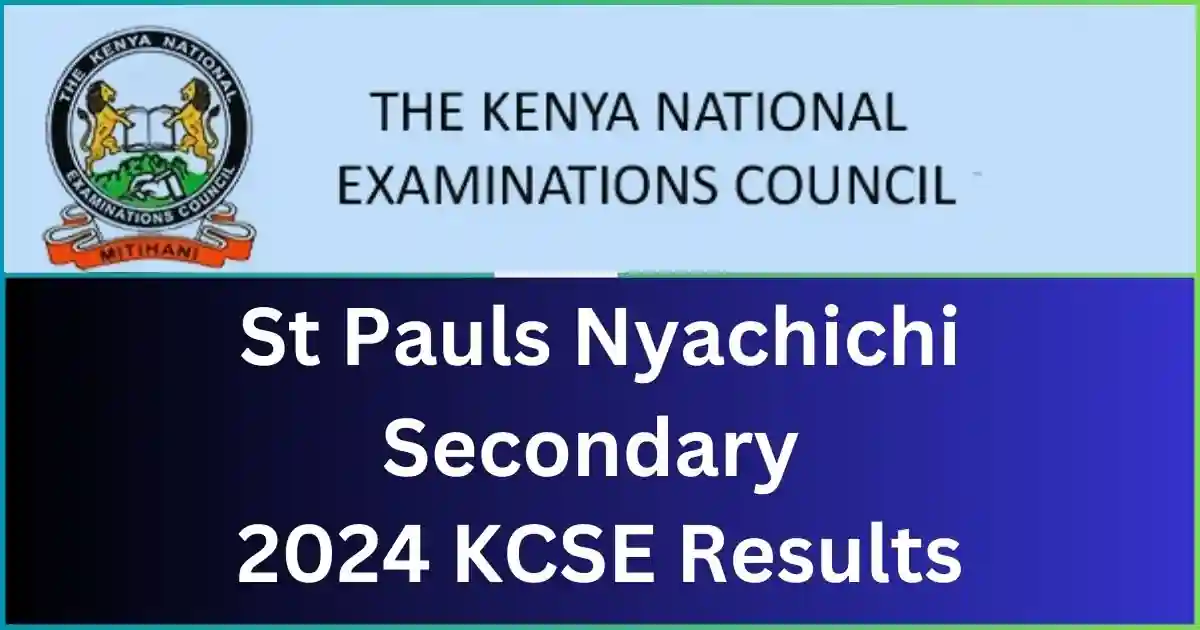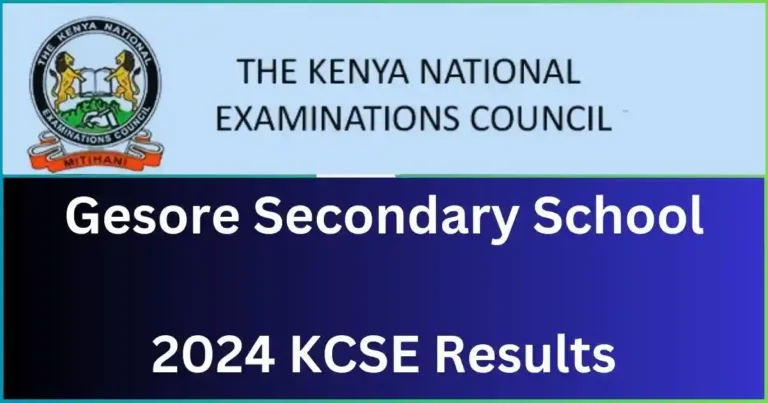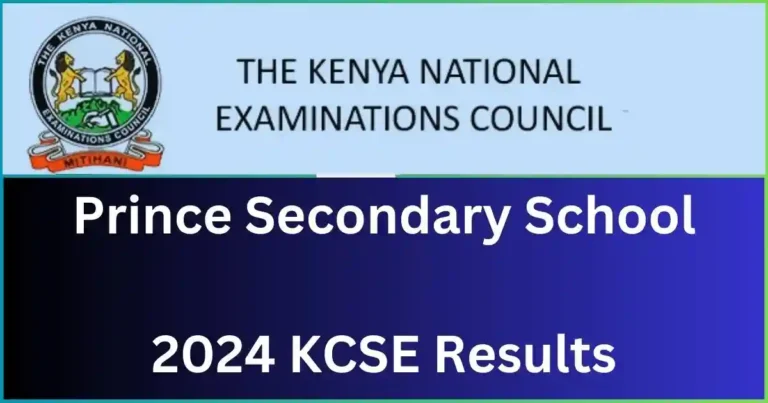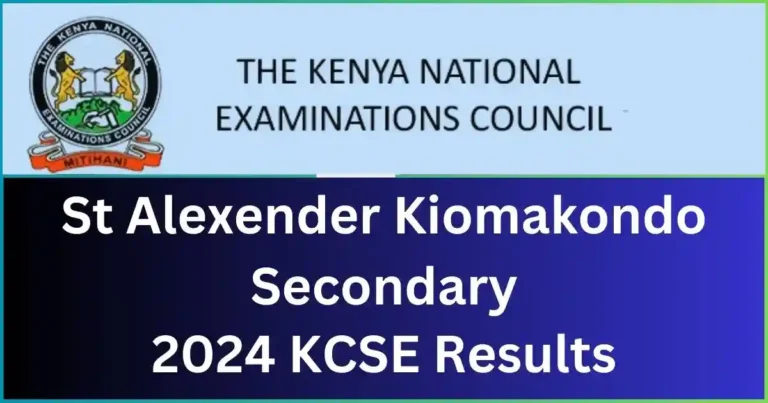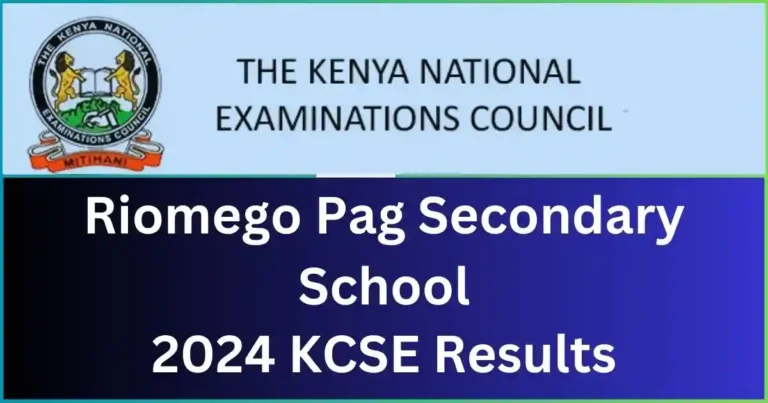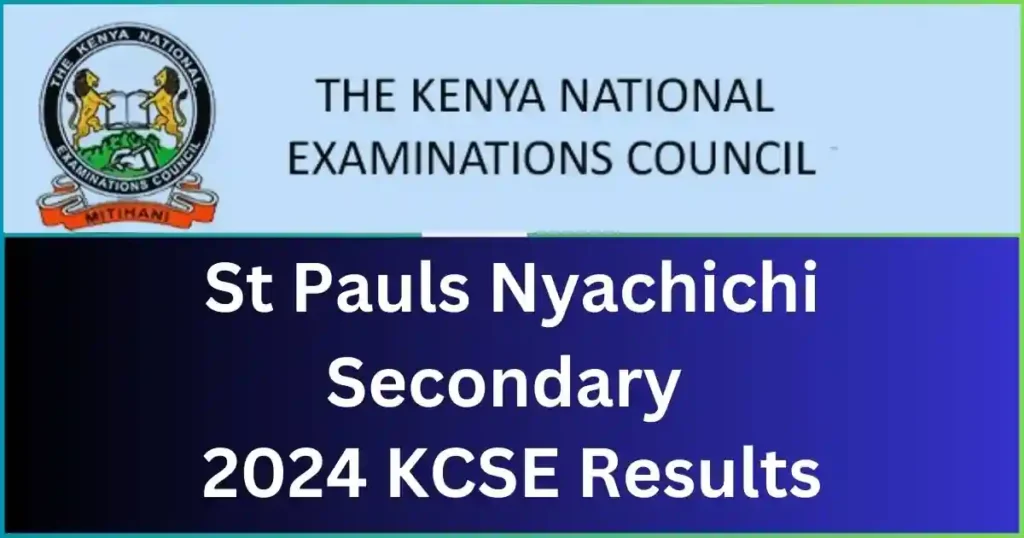
St Paul’s Nyachichi Secondary School has announced its 2024 KCSE results, providing key insights into the academic performance of its candidates. This year’s results have led to various discussions among educators, students, and parents about the school’s standing in Nyamira County and the overall performance compared to previous years. Here’s a detailed breakdown of how students fared in the latest examinations.
Key Takeaways
- Overall Performance: The school achieved a mean score of 3.226, which shows an improvement from the previous year’s score of 2.486.
- Limited University Admissions: Only 1 out of 53 candidates qualified for university admission, reflecting a pass rate of 1.89% for grades C+ and above.
- Grade Distribution: The majority of students scored in the lower grades (D and below), indicating a need for improvements in academic performance strategies at the school.
St Paul’s Nyachichi Secondary School 2024 KCSE Results Grade Distribution
The grade distribution for the 2024 KCSE results is as follows:
| Grade | Entry |
|---|---|
| A | 0 |
| A- | 0 |
| B+ | 21 |
| B | 0 |
| B- | 0 |
| C+ | 1 |
| C | 1 |
| C- | 1 |
| D+ | 16 |
| D | 23 |
| D- | 9 |
| E | 2 |
Related Results:
- Mogongo Girls Secondary School 2024 KCSE Results
- Marindi Secondary School 2024 KCSE Results
- Prince Secondary School 2024 KCSE Results
- St. Thomas Moore Secondary School 2024 KCSE Results
- Miriri Secondary School 2024 KCSE Results
Performance Ranking Overview
In the Manga Sub-County, St Paul’s Nyachichi Secondary School ranked 26 out of 30 schools, highlighting a significant challenge for the institution. The total number of candidates sitting for the exam this year was 53, which is a critical figure to monitor for future academic improvements.
Historical Results Comparison
To assess the progress over time, here’s a comparison of the KCSE mean scores in recent years:
| Year | KCSE Mean Score |
|---|---|
| 2024 | 3.226 |
| 2023 | 2.486 |
| 2022 | 2.476 |
Conclusion
The 2024 KCSE results for St Paul’s Nyachichi Secondary School not only reflect the hard work of its students but also underline areas needing significant attention. As educators, students, and parents analyze these results, there is hope for developing strategies that could bolster future performance and enhance the learning experience in the coming years.

